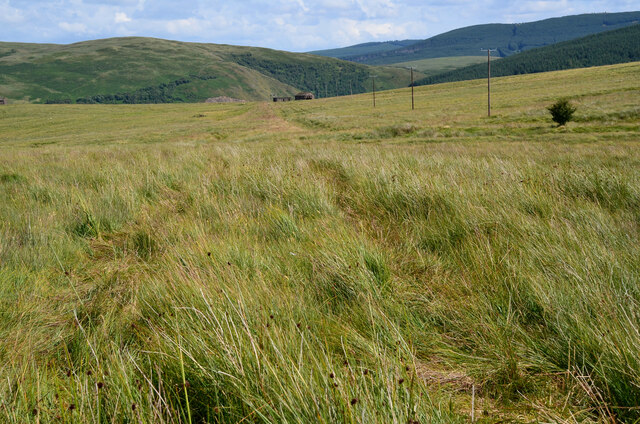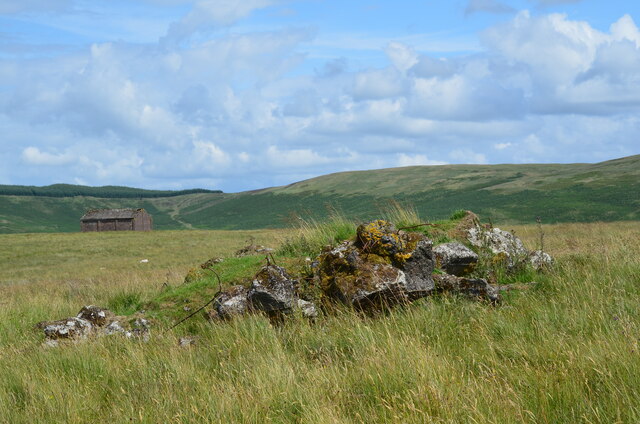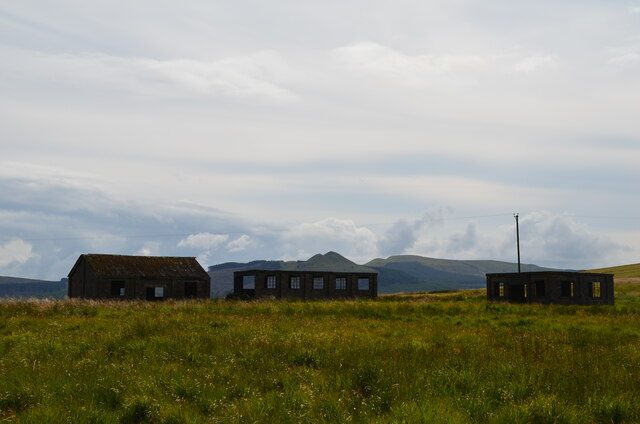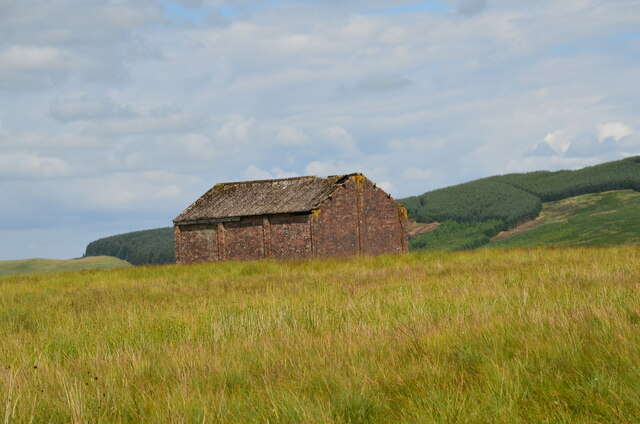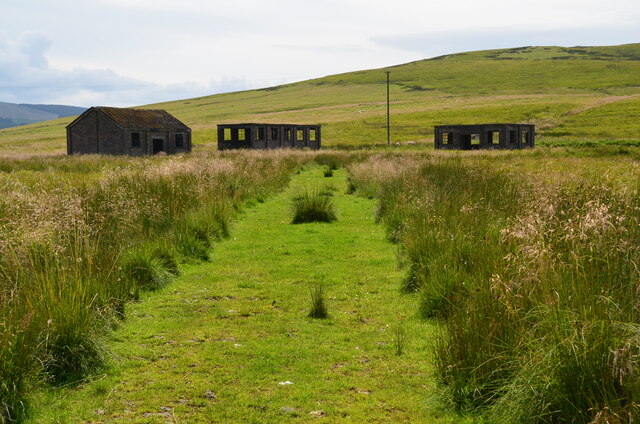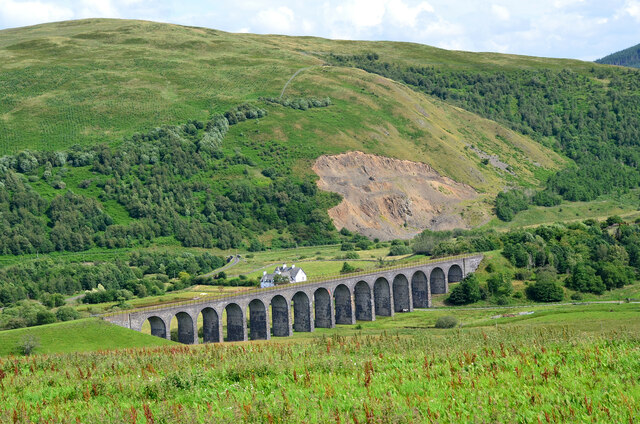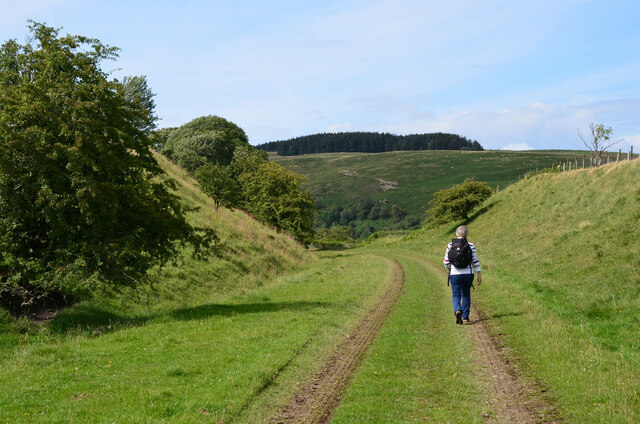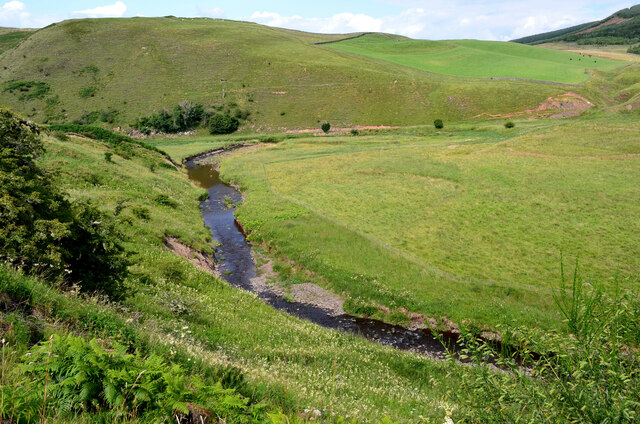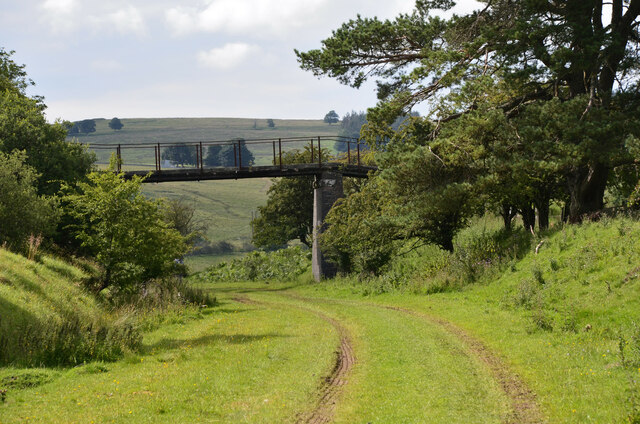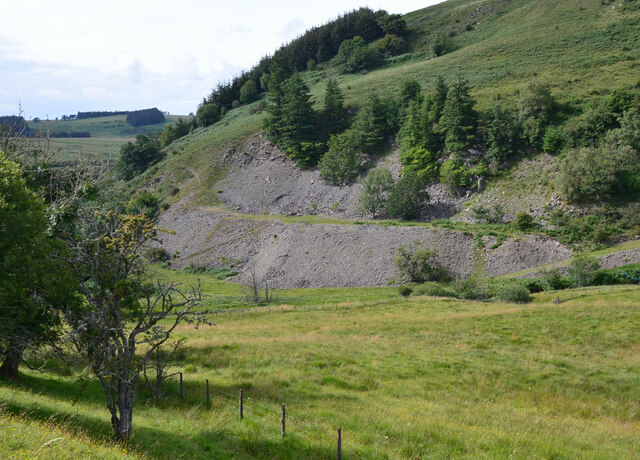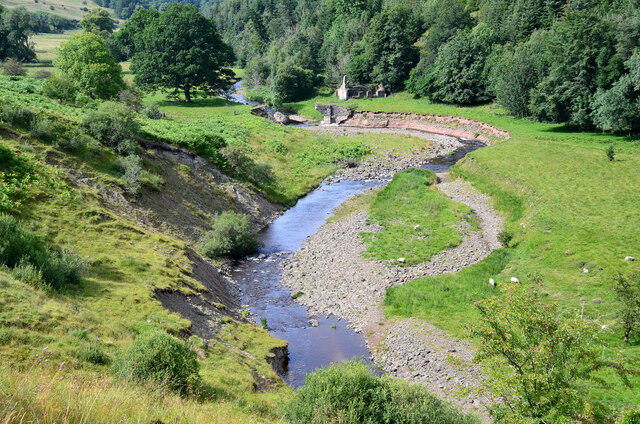Peel Wood
Wood, Forest in Roxburghshire
Scotland
Peel Wood
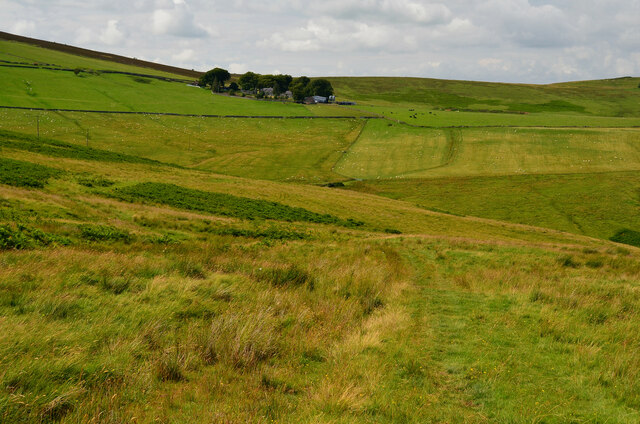
Peel Wood is a dense forest located in the county of Roxburghshire, Scotland. Covering an area of approximately 500 acres, it is one of the largest woodlands in the region. The forest is situated near the village of Peel, which lies on the banks of the River Tweed.
The wood is predominantly composed of native broadleaf species, including oak, ash, birch, and beech trees. These towering trees create a rich and diverse habitat for a variety of flora and fauna. The forest floor is adorned with an array of wildflowers, such as bluebells, primroses, and wood anemones, which add to the natural beauty of the area.
Peel Wood is a popular destination for nature enthusiasts and walkers, offering several well-maintained trails that wind through the forest. These paths provide visitors with an opportunity to immerse themselves in the peaceful surroundings while observing the abundant wildlife that inhabits the area. Red squirrels, roe deer, and a variety of bird species, including woodpeckers and owls, can often be spotted within the woodlands.
Additionally, Peel Wood has a rich history, with evidence of human activity dating back centuries. The remains of an ancient peel tower, which was once used as a defensive structure, can still be seen within the forest. This historical element adds an intriguing aspect to the woodland, attracting history enthusiasts and those curious about the past.
Overall, Peel Wood in Roxburghshire offers a captivating blend of natural beauty, diverse wildlife, and historical significance, making it a must-visit destination for nature lovers and history buffs alike.
If you have any feedback on the listing, please let us know in the comments section below.
Peel Wood Images
Images are sourced within 2km of 55.343143/-2.7635945 or Grid Reference NT5105. Thanks to Geograph Open Source API. All images are credited.
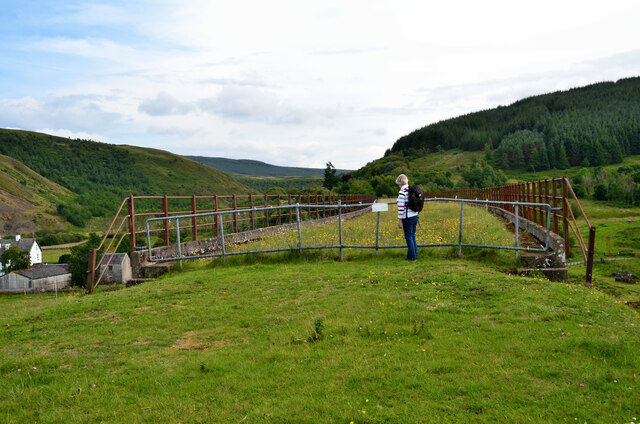
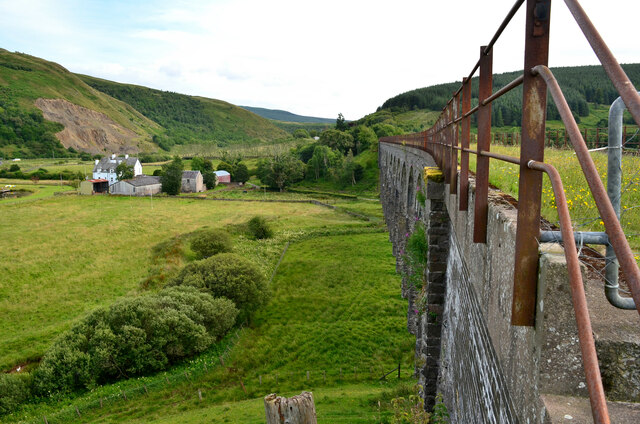


Peel Wood is located at Grid Ref: NT5105 (Lat: 55.343143, Lng: -2.7635945)
Unitary Authority: The Scottish Borders
Police Authority: The Lothians and Scottish Borders
What 3 Words
///cabbies.trifling.guards. Near Hawick, Scottish Borders
Nearby Locations
Related Wikis
Shankend
Shankend Manor was a sixteenth-century mansion located some six miles (ten kilometres) south of Hawick, close to Whitrope Siding in Scotland. It was constructed...
Shankend railway station
Shankend railway station served the hamlet of Shankend, Scottish Borders, Scotland from 1862 to 1969 on the Border Union Railway. == History == The station...
Maiden Paps (Hawick)
The Maiden Paps are twin hills near Hawick, in the Scottish Borders of the south east of Scotland, so named because they have the shape of human breasts...
Stobs railway station
Stobs railway station served the hamlet of Barnes, Scottish Borders, Scotland from 1862 to 1969 on the Border Union Railway. == History == The station...
Nearby Amenities
Located within 500m of 55.343143,-2.7635945Have you been to Peel Wood?
Leave your review of Peel Wood below (or comments, questions and feedback).
